Length 200 m (660 ft) Quarter Salpetrière Denomination Italie | Width 200 m (660 ft) Completion Unknown | |
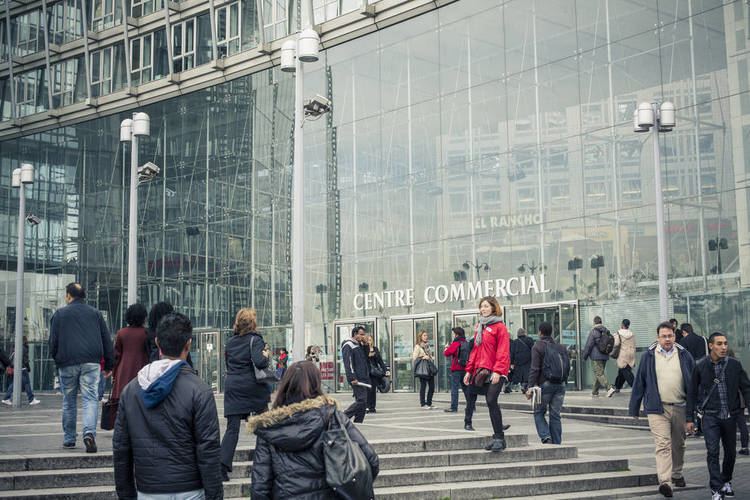 | ||
Similar town hall of Paris 18th arrondissement, Étienne Marcel, Porte de Bagnolet, Palais Royal – Musée du, Télégraphe | ||
The Place d'Italie is a public space in the 13th arrondissement of Paris. The square has an average dimension somewhat less than 200 meters in extent (comprising about 30,000 m²), and the following streets meet there:
Contents
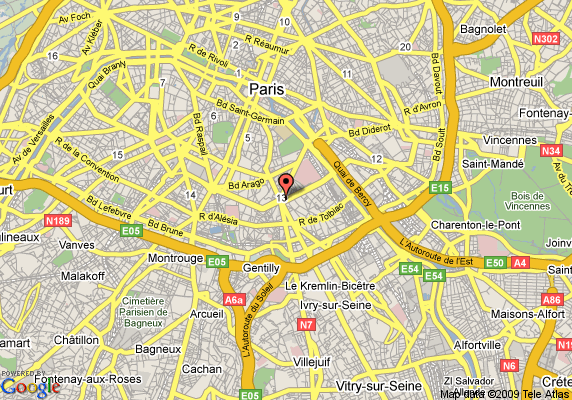
The town hall (mairie) for the 13th arrondissement is on the Place d'Italie.
The barrier of Italy
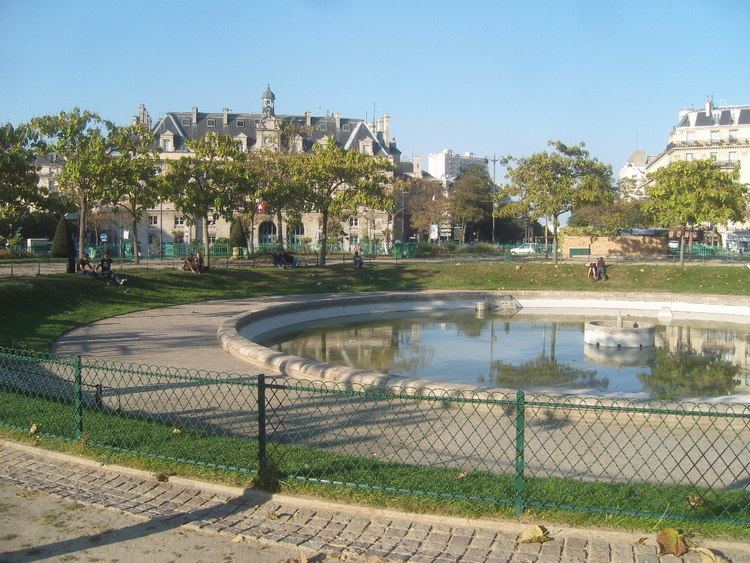
The Place d'Italie takes its name from its proximity to the Avenue d'Italie, which, traditionally, has been the point of departure on the road that links Paris and Italy, a route now called the RN7 (Route nationale 7).
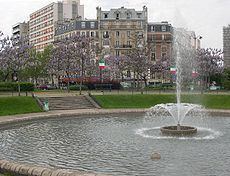
Until the expansion of Paris was initiated by Baron Haussmann, the site of the Place d'Italie was occupied by a section of the Wall of the Farmers-General (the wall built, under the ancien régime, to prevent the evasion of excise taxes) that separated Paris from the suburb of Gentilly. The architect, Claude Nicolas Ledoux, had constructed there two pavilions for the collection of the octroi, a local tariff levied on products entering towns, which were burned during the revolution of 1789 but rebuilt and not completely eradicated until 1877.
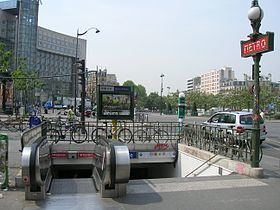
It was on this spot that General Jean-Baptiste Fidèle Bréa was arrested by the insurgents on 25 June 1848 during the June Uprising, before being put to death later in a public spectacle on the Avenue d'Italie.
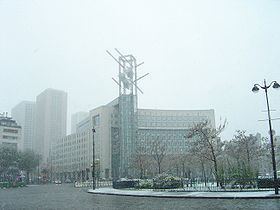
The annexation of communities bordering on Paris and the suppression of the city walls in 1860 allowed for the construction of a large roundabout which, it was hoped, could play the role of a Place de l'Étoile of the left bank. It took the place of the barrière d'Italie (barrier of Italy) and part of the Avenue des Gobelins, as well as the road leading to the Ivry interchange, and, for the most part, the Boulevard d'Italie and the Boulevard d'Ivry themselves.
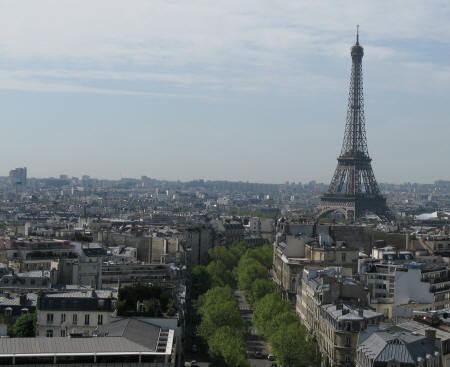
The Italie 13 project, a grand exercise in urbanism, was conceived in the 1960s, and, under this plan, the Place d'Italie represented the epicenter of a district of high-rise towers stretching out along the entire length of the Avenue d'Italie, with the construction of a truly eye-catching tower, taller than the Montparnasse Tower, called the Apogee Tower, on the Place d'Italie itself. The project began with the construction, close to the Place d'Italie, of six inter-related towers, each about one hundred metres tall, but, because of scathing criticism from the Parisian citizenry and lukewarm support from the Giscard d'Estaing government, the effort, for the most part, was abandoned in 1975. Some sort of mast or multi-colored campanile, conceived by Kenzo Tange, is now planned for the plot of land originally expected to be used by the Apogee Tower, replaced, since 1992, by a collection of smaller buildings, an office building, a luxury residential building, as well as the famous audio-visual complex, Grand Écran Italie (Big Screen Italy).
The heart of the 13th arrondissement
The Place d'Italie, where the principal districts of the arrondissement (Quartier des Gobelins, the Asian quarter, Butte aux Cailles, etc.) converge, is the center of automobile traffic circulation and a crossroads for most of the métro and bus lines in this part of Paris. It is a major crossing-point for those leaving the city for the suburbs (and vice versa) and for those traveling between Montparnasse and the rive droite (right bank). One of the largest concentrations of Parisian business activity is in the general area of the Place d'Italie.
Furthermore, it is a place for going out at night. The restaurants and cinémas of the Avenue des Gobelins attract many who are in search of diversion. One of the most important movie houses in Paris and the largest 35-millimetre screen in the capital, the Gaumont Grand Écran Italie (temporarily closed now) is directly on the square. One can truly say that the 13th arrondissement revolves around the Place d'Italie, all except for the Paris Rive Gauche district along the Seine.
Sites of interest
Metro station
The Place d'Italie is:
It is served by lines 5, 6, and 7.
